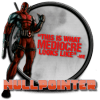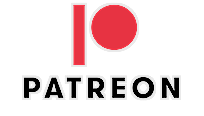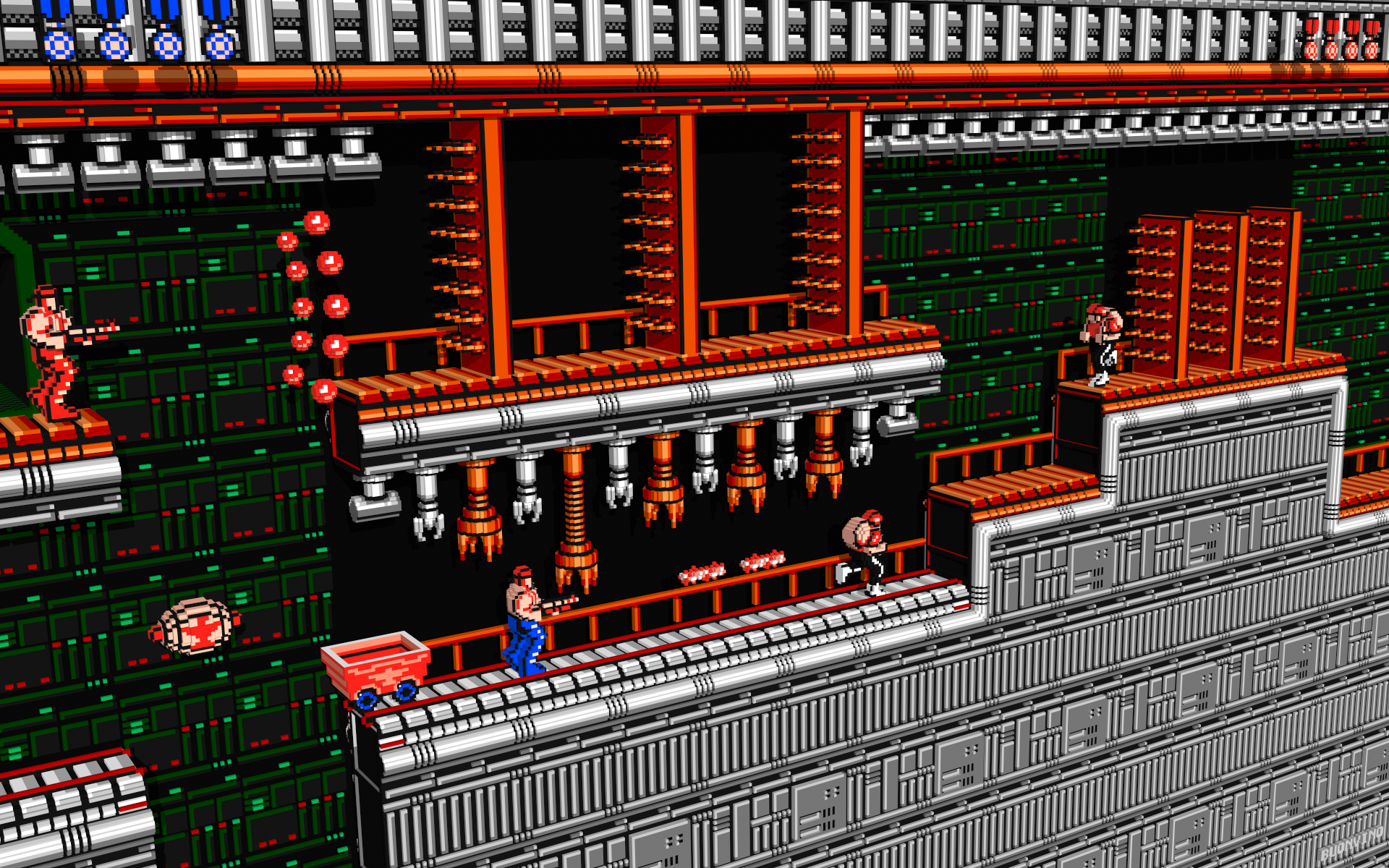-
Posts
4199 -
Joined
-
Last visited
-
Days Won
75
Content Type
Profiles
Forums
Events
Downloads
Store
Articles
Everything posted by nullPointer
-
The Steam client was first made available for public beta testing in January 2003 during the beta period for Counter-Strike 1.6, for which it was mandatory to install and use. At the time, Steam's primary function was streamlining the patch process common in online computer games. Steam was an optional component for all other games. 80,000–300,000 gamers tested the system when it was in its beta period. The system and website choked under the strain of thousands of users simultaneously attempting to play the latest version of Counter-Strike. In 2004, the World Opponent Network was shut down and replaced by Steam. The online features of games which required World Opponent Network ceased to work unless they were converted to Steam. Source
-
The Atari 2600 is a home video game console released on September 11, 1977 by Atari, Inc. It is credited with popularizing the use of microprocessor-based hardware and ROM cartridges containing game code, a format first used with the Fairchild Channel F game console. This format contrasts with the older model of having non-microprocessor dedicated hardware, which could only play the games which were physically built into the unit. Source
-
Super Mario Bros. was originally released in Japan for the Family Computer on September 13, 1985, and later that year for the Nintendo Entertainment System in North America, Europe on May 15, 1987 and Australia in 1987. It is the first of the Super Mario series of games. In Super Mario Bros., the player controls Mario and in a two-player game, a second player controls Mario's brother Luigi as he travels through the Mushroom Kingdom in order to rescue Princess Toadstool from the antagonist Bowser. Source
-
Super Mario Bros. was originally released in Japan for the Family Computer on September 13, 1985, and later that year for the Nintendo Entertainment System in North America, Europe on May 15, 1987 and Australia in 1987. It is the first of the Super Mario series of games. In Super Mario Bros., the player controls Mario and in a two-player game, a second player controls Mario's brother Luigi as he travels through the Mushroom Kingdom in order to rescue Princess Toadstool from the antagonist Bowser. Source
-
The Xbox was released on November 15, 2001, in North America, followed by Australia and Europe in 2002.[2] It was Microsoft's first foray into the gaming console market. The sixth-generation console competed with Sony's PlayStation 2, Sega's Dreamcast, and the Nintendo GameCube. It was the first console produced by an American company since the Atari Jaguar ceased production in 1996. Source
-
The Xbox was released on November 15, 2001, in North America, followed by Australia and Europe in 2002.[2] It was Microsoft's first foray into the gaming console market. The sixth-generation console competed with Sony's PlayStation 2, Sega's Dreamcast, and the Nintendo GameCube. It was the first console produced by an American company since the Atari Jaguar ceased production in 1996. Source
-
The Xbox was released on November 15, 2001, in North America, followed by Australia and Europe in 2002.[2] It was Microsoft's first foray into the gaming console market. The sixth-generation console competed with Sony's PlayStation 2, Sega's Dreamcast, and the Nintendo GameCube. It was the first console produced by an American company since the Atari Jaguar ceased production in 1996. https://www.youtube.com/watch?v=CRdDPxPA2jQ Source
-
Great restore/mod tthurman! It's looking awesome! I'd be proud to have that badboy sitting on my entertainment unit.
-
The Nintendo Game Boy was released in Japan on April 21, 1989, in North America on July 31, 1989, and in Europe on September 28, 1990. It is the first handheld console in the Game Boy line, and was created by Gunpei Yokoi and Nintendo Research & Development 1—the same staff who had designed the Game & Watch series as well as several popular games for the Nintendo Entertainment System. Redesigned versions were released in 1996 and 1998, in the form of Game Boy Pocket, and Game Boy Light (Japan only), respectively. Source
-
The Nintendo Game Boy was released in Japan on April 21, 1989, in North America on July 31, 1989, and in Europe on September 28, 1990. It is the first handheld console in the Game Boy line, and was created by Gunpei Yokoi and Nintendo Research & Development 1—the same staff who had designed the Game & Watch series as well as several popular games for the Nintendo Entertainment System.[5] Redesigned versions were released in 1996 and 1998, in the form of Game Boy Pocket, and Game Boy Light (Japan only), respectively. Source
-
The Nintendo Game Boy was released in Japan on April 21, 1989, in North America on July 31, 1989, and in Europe on September 28, 1990. It is the first handheld console in the Game Boy line, and was created by Gunpei Yokoi and Nintendo Research & Development 1—the same staff who had designed the Game & Watch series as well as several popular games for the Nintendo Entertainment System.[5] Redesigned versions were released in 1996 and 1998, in the form of Game Boy Pocket, and Game Boy Light (Japan only), respectively. Source
-
The console was first released in Japan on June 23, 1996. The North American version of the Nintendo 64 officially launched on September 29, 1996. It was launched with just two games in the United States, Pilotwings 64 and Super Mario 64. In 1994, prior to the launch, Nintendo of America chairman Howard Lincoln emphasized the quality of first-party games, saying "... we're convinced that a few great games at launch are more important than great games mixed in with a lot of dogs." The PAL version of the console was released in Europe on March 1, 1997. Originally intended to be US$250, the console was ultimately priced at US$199.99 to make it competitive with Sony and Sega offerings. Nintendo priced the console as an impulse purchase, a strategy from the toy industry. The price of the console in the United States was further reduced in August 1998. Source
-
The console was first released in Japan on June 23, 1996. The North American version of the Nintendo 64 officially launched on September 29, 1996. It was launched with just two games in the United States, Pilotwings 64 and Super Mario 64. In 1994, prior to the launch, Nintendo of America chairman Howard Lincoln emphasized the quality of first-party games, saying "... we're convinced that a few great games at launch are more important than great games mixed in with a lot of dogs." The PAL version of the console was released in Europe on March 1, 1997. Originally intended to be US$250, the console was ultimately priced at US$199.99 to make it competitive with Sony and Sega offerings. Nintendo priced the console as an impulse purchase, a strategy from the toy industry. The price of the console in the United States was further reduced in August 1998. Source
-
The console was first released in Japan on June 23, 1996. The North American version of the Nintendo 64 officially launched on September 29, 1996. It was launched with just two games in the United States, Pilotwings 64 and Super Mario 64. In 1994, prior to the launch, Nintendo of America chairman Howard Lincoln emphasized the quality of first-party games, saying "... we're convinced that a few great games at launch are more important than great games mixed in with a lot of dogs." The PAL version of the console was released in Europe on March 1, 1997. Originally intended to be US$250, the console was ultimately priced at US$199.99 to make it competitive with Sony and Sega offerings. Nintendo priced the console as an impulse purchase, a strategy from the toy industry. The price of the console in the United States was further reduced in August 1998. Source
-

[RESOLVED] Steam games not showing snaps, videos etc
nullPointer replied to the_greeze's topic in General
Glad to hear that you got it all sorted out the_greeze. Well done! -
Sega released the Dreamcast in Europe on October 14, 1999, at a price of GB₤200. By November 24, 400,000 consoles had been sold in Europe. By Christmas of 1999, Sega of Europe reported selling 500,000 units, placing it six months ahead of schedule. Sales did not continue at this pace, and by October 2000, Sega had sold only about 1 million units in Europe. As part of Sega's promotions of the Dreamcast in Europe, the company sponsored four European football clubs: Arsenal F.C. (England), AS Saint-Étienne (France), U.C. Sampdoria (Italy), and Deportivo de La Coruña (Spain). Source
-
The Dreamcast launched in North America on September 9, 1999 at a price of $199—which Sega's marketing dubbed "9/9/99 for $199". Eighteen launch titles were available for the Dreamcast in the U.S. Sega set a new sales record by selling more than 225,132 Dreamcast units in 24 hours, earning the company $98.4 million in what Moore called "the biggest 24 hours in entertainment retail history". Within two weeks, U.S. Dreamcast sales exceeded 500,000. By Christmas, Sega held 31 percent of the North American video game marketshare. Significant launch titles included Soul Calibur, an arcade fighting game that was graphically enhanced for the system and went on to sell one million units, and Visual Concepts' high-quality football simulation NFL 2K. On November 4, Sega announced it had sold over one million Dreamcast units. Nevertheless, the launch was marred by a glitch at one of Sega's manufacturing plants, which produced defective GD-ROMs. Source
-
On November 27, 1998, the Dreamcast launched in Japan at a price of JP¥29,000, and the entire stock sold out by the end of the day. However, of the four games available at launch, only one—a port of Virtua Fighter 3, the most successful arcade game Sega ever released in Japan—sold well. Sega estimated that an additional 200,000-300,000 Dreamcast units could have been sold with sufficient supply. Key Dreamcast software titles Sonic Adventure and Sega Rally Championship 2, which had been delayed, arrived within the following weeks, but sales continued to be slower than expected. Irimajiri hoped to sell over 1 million Dreamcast units in Japan by February 1999, but less than 900,000 were sold, undermining Sega's attempts to build up a sufficient installed base to ensure the Dreamcast's survival after the arrival of competition from other manufacturers. There were reports of disappointed Japanese consumers returning their Dreamcasts and using the refund to purchase additional PlayStation software.[53] Seaman, released in July 1999, was considered the Dreamcast's first major hit in Japan. Prior to the Western launch, Sega reduced the price of the Dreamcast to JP¥19,900, effectively making the hardware unprofitable but increasing sales. The price reduction and release of Namco's Soul Calibur helped Sega to gain 17 percent on its shares. Source
-
The PS2 was launched in March 2000 in Japan, October in North America and November in Europe. Sales of the console, games and accessories pulled in $250 million on the first day, beating the $97 million made on the first day of the Dreamcast. Directly after its release, it was difficult to find PS2 units on retailer shelves due to manufacturing delays. Another option was purchasing the console online through auction websites such as eBay, where people paid over a thousand dollars for the console. The PS2 initially sold well partly on the basis of the strength of the PlayStation brand and the console's backward compatibility, selling over 980,000 units in Japan by March 5, 2000, one day after launch. This allowed the PS2 to tap the large install base established by the PlayStation — another major selling point over the competition. Later, Sony added new development kits for game developers and more PS2 units for consumers. The PS2's built-in functionality also expanded its audience beyond the gamer, as its debut pricing was the same or less than a standalone DVD player. This made the console a low cost entry into the home theater market. Source
-
The PS2 was launched in March 2000 in Japan, October in North America and November in Europe. Sales of the console, games and accessories pulled in $250 million on the first day, beating the $97 million made on the first day of the Dreamcast. Directly after its release, it was difficult to find PS2 units on retailer shelves due to manufacturing delays. Another option was purchasing the console online through auction websites such as eBay, where people paid over a thousand dollars for the console. The PS2 initially sold well partly on the basis of the strength of the PlayStation brand and the console's backward compatibility, selling over 980,000 units in Japan by March 5, 2000, one day after launch. This allowed the PS2 to tap the large install base established by the PlayStation — another major selling point over the competition. Later, Sony added new development kits for game developers and more PS2 units for consumers. The PS2's built-in functionality also expanded its audience beyond the gamer, as its debut pricing was the same or less than a standalone DVD player. This made the console a low cost entry into the home theater market. Source
-
The PS2 was launched in March 2000 in Japan, October in North America and November in Europe. Sales of the console, games and accessories pulled in $250 million on the first day, beating the $97 million made on the first day of the Dreamcast. Directly after its release, it was difficult to find PS2 units on retailer shelves due to manufacturing delays. Another option was purchasing the console online through auction websites such as eBay, where people paid over a thousand dollars for the console. The PS2 initially sold well partly on the basis of the strength of the PlayStation brand and the console's backward compatibility, selling over 980,000 units in Japan by March 5, 2000, one day after launch. This allowed the PS2 to tap the large install base established by the PlayStation — another major selling point over the competition. Later, Sony added new development kits for game developers and more PS2 units for consumers. The PS2's built-in functionality also expanded its audience beyond the gamer, as its debut pricing was the same or less than a standalone DVD player. This made the console a low cost entry into the home theater market. Source
-
The PlayStation was launched in Japan on December 3, 1994, North America on September 9, 1995, Europe on September 29, 1995, and Oceania on November 15, 1995. The console was an immediate success in Japan, selling over 2 million units within its first six months on the market. The launch price in the American market was US$299 and Sony enjoyed a very successful launch with titles of almost every genre, including Battle Arena Toshinden, Warhawk, Air Combat, Philosoma, Ridge Racer and Rayman. Almost all of Sony's and Namco's launch titles went on to spawn numerous sequels. Unlike the vast majority of gaming consoles of the time, the PlayStation did not include a pack-in game at launch. Source
-
The PlayStation was launched in Japan on December 3, 1994, North America on September 9, 1995, Europe on September 29, 1995, and Oceania on November 15, 1995. The console was an immediate success in Japan, selling over 2 million units within its first six months on the market. The launch price in the American market was US$299 and Sony enjoyed a very successful launch with titles of almost every genre, including Battle Arena Toshinden, Warhawk, Air Combat, Philosoma, Ridge Racer and Rayman. Almost all of Sony's and Namco's launch titles went on to spawn numerous sequels. Unlike the vast majority of gaming consoles of the time, the PlayStation did not include a pack-in game at launch. Source
-
The PlayStation was launched in Japan on December 3, 1994, North America on September 9, 1995, Europe on September 29, 1995, and Oceania on November 15, 1995. The console was an immediate success in Japan, selling over 2 million units within its first six months on the market. The launch price in the American market was US$299 and Sony enjoyed a very successful launch with titles of almost every genre, including Battle Arena Toshinden, Warhawk, Air Combat, Philosoma, Ridge Racer and Rayman. Almost all of Sony's and Namco's launch titles went on to spawn numerous sequels. Unlike the vast majority of gaming consoles of the time, the PlayStation did not include a pack-in game at launch. Source
-
The European version of the console was released on November 30, 1990. Building on the success of the Master System, the Mega Drive became the most popular console in Europe. Since the Mega Drive was already two years old at the time of its release in the region, more games were available at launch compared to the launches in other regions. The ports of arcade titles like Altered Beast, Golden Axe and Ghouls 'n Ghosts, available in stores at launch, provided a strong image of the console's power to deliver an arcade-like experience. The release of the Mega Drive in Europe was handled by Virgin Mastertronic, which was later purchased by Sega in 1991 and became Sega of Europe. Source






